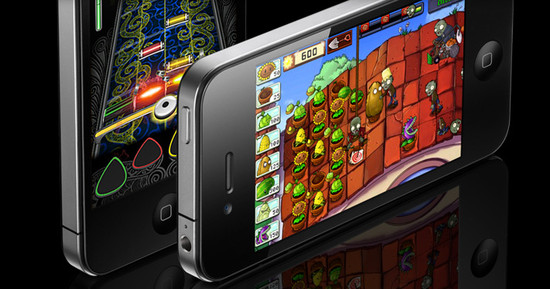it looks like the next step in smartphone development is screens over 4″, with HD resolution. Hitachi announces a new screen at 4.5″ with 720×1280 pixel resolution, 329 ppi. The screen will be cheaper to make than other solutions with similar speciications, and have lower energy consumption.
Hitachi announces a whole new screen that brings HD resolution on a seemingly small 4.5″ screen. While this is not news since we have already seen phones sporting this kind of monitors, Hitachi’s solution may make them cheaper and more common in more attainable models.
Up until now the HD resolution (720 x 1280) has only been possible with complicated lanes, and with the expensive low-temperature polysilicon, LTPS, technology. Hitachi has used a much cheaper amorphous silicon technology to make the screen. Besides creating the new screen, it has made sure to make better use of the backlighting. This should translate into better battery times.

Hitachi’s screen will get marginably better pixel densities than iPhone 4 boasting 326 ppi
The screen comes with 16:9 image ratio and measures 55.51 x 98.69 mm. Since it uses a regular RGB matrix, and not PenTile, that means the screen has a pixel density at 329 ppi. The screen gets 500 nits brightness, 160 degree viewing angles and the ability to show 70% of the color spectrum. This puts the display in the same league as other, more expensive alternatives with same sizes and resolution.
The only drawback is the contrast ratio, since Hitachi’s LTPS 4.5″ solution gets a contrast ratio of 1000:1, versus 1100:1 as in more expensive solutions. Hitachi plans to show the new screen at FPD International 2011 Expo, in Yokohama, on October 26-28th. The new cooperation between Hitachi, Sony, Toshiba and more or less the Japanese government will be the largest globally for making small LCD screens. This does bring some hope to Hitachi’s new screen technology that has potential to find its way into quite a lot of mobile units and smartphones in 2012.
But what we hope most of all for is that it will find its way into cheaper smartphones, and not just the more expensive ones. Lower energy consumption is of course a big plays too, since many have trouble making the battery last for a single day.
Source: phoneArena.com















